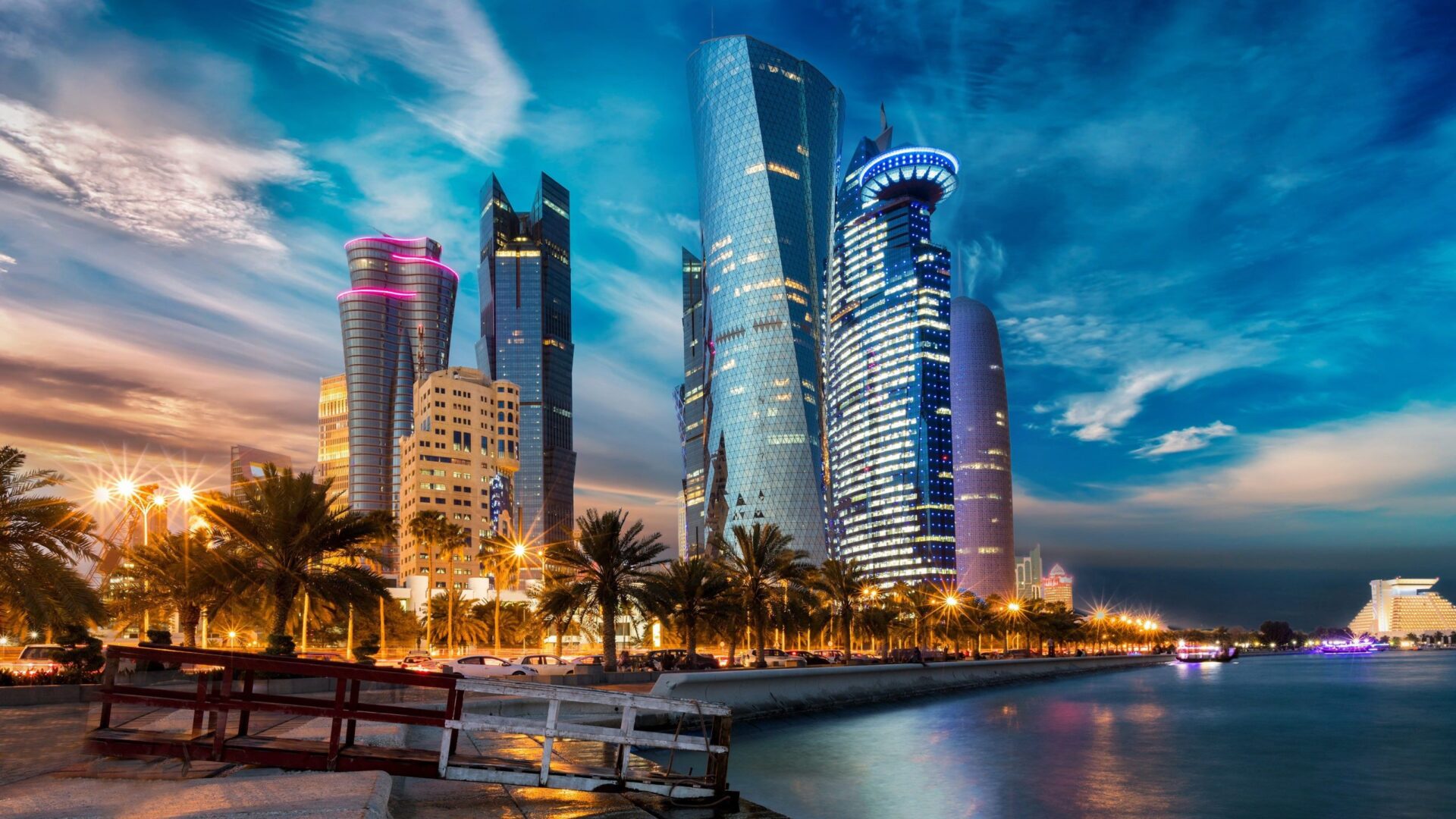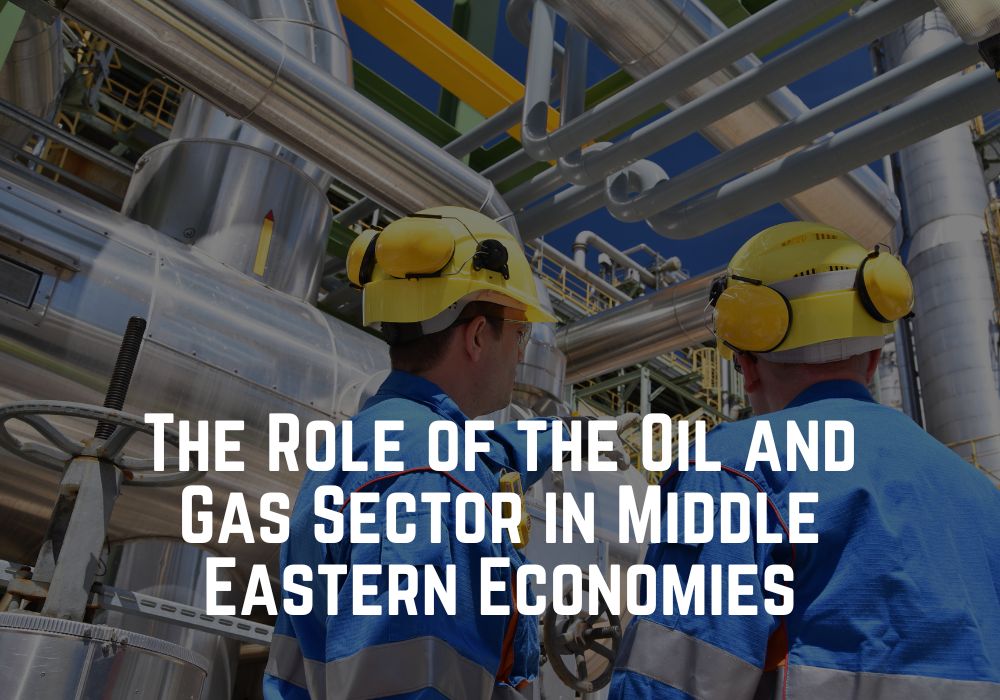Overview of the Oil and Gas Sector in the Middle East
The oil and gas sector continues to play a central role in the economies of Middle Eastern countries. This region, rich in hydrocarbon resources, has been the world’s powerhouse of energy production and exports for decades. The revenues generated from oil and gas significantly contribute to the economic stability and development of these nations, underpinning their socio-economic progress.
Historical Context
The discovery of oil in the Middle East in the early 20th century transformed the region’s economies and its position in the global arena. Countries like Saudi Arabia, Iran, the United Arab Emirates, Kuwait, and Qatar rapidly became central figures in the global oil economy. This wealth of resources provided these countries with unprecedented economic leverage in international relations, particularly in the energy-dependent industrialized West.
Current Trends in the Oil and Gas Sector
The importance of the Middle East in the oil market remains undiminished despite fluctuations in global oil prices and geopolitical challenges. The region still holds a majority of the world’s petroleum reserves, with Saudi Arabia alone accounting for the second-largest proven reserves globally. Techniques such as enhanced oil recovery and the exploration of new fields have helped maintain high levels of production.
Economic Implications
The economic landscapes of Middle Eastern oil-exporting countries are heavily reliant on the revenue generated from oil and gas. These revenues account for a large percentage of the government budgets, significantly influencing their economic policies and development agendas. For instance, Saudi Arabia’s Vision 2030 and the UAE’s Energy Strategy 2050 showcase how these nations are planning their future around, and beyond, oil revenues.
Energy Transition and the Future Role of Oil and Gas
Global shifts towards renewable energy and sustainable practices pose significant questions about the long-term sustainability of oil-dependent economies. Despite these challenges, the Middle East remains proactive. Many countries in the region are investing heavily in renewable energy projects. The UAE, for example, is notable for its investments in nuclear and solar energy projects, aiming to diversify its energy resources.
Geopolitical Dynamics
The oil and gas sector in the Middle East is intricately linked with global geopolitical dynamics. The strategic importance of Middle Eastern oil makes it a significant point of interest for major powers, influencing international policies and relations. The security of the Strait of Hormuz, through which a substantial portion of global oil shipments pass, remains a critical concern internationally.
Conclusion
In conclusion, the oil and gas sector continues to dominate the economic landscape of the Middle East. Despite the global shift towards renewable energy, the region’s oil and gas industries remain robust, underpinned by substantial reserves and continuous innovation in extraction and production technologies. The future will likely see these countries balancing between maximizing their oil revenues and diversifying their economies to reduce dependency on hydrocarbon resources.






